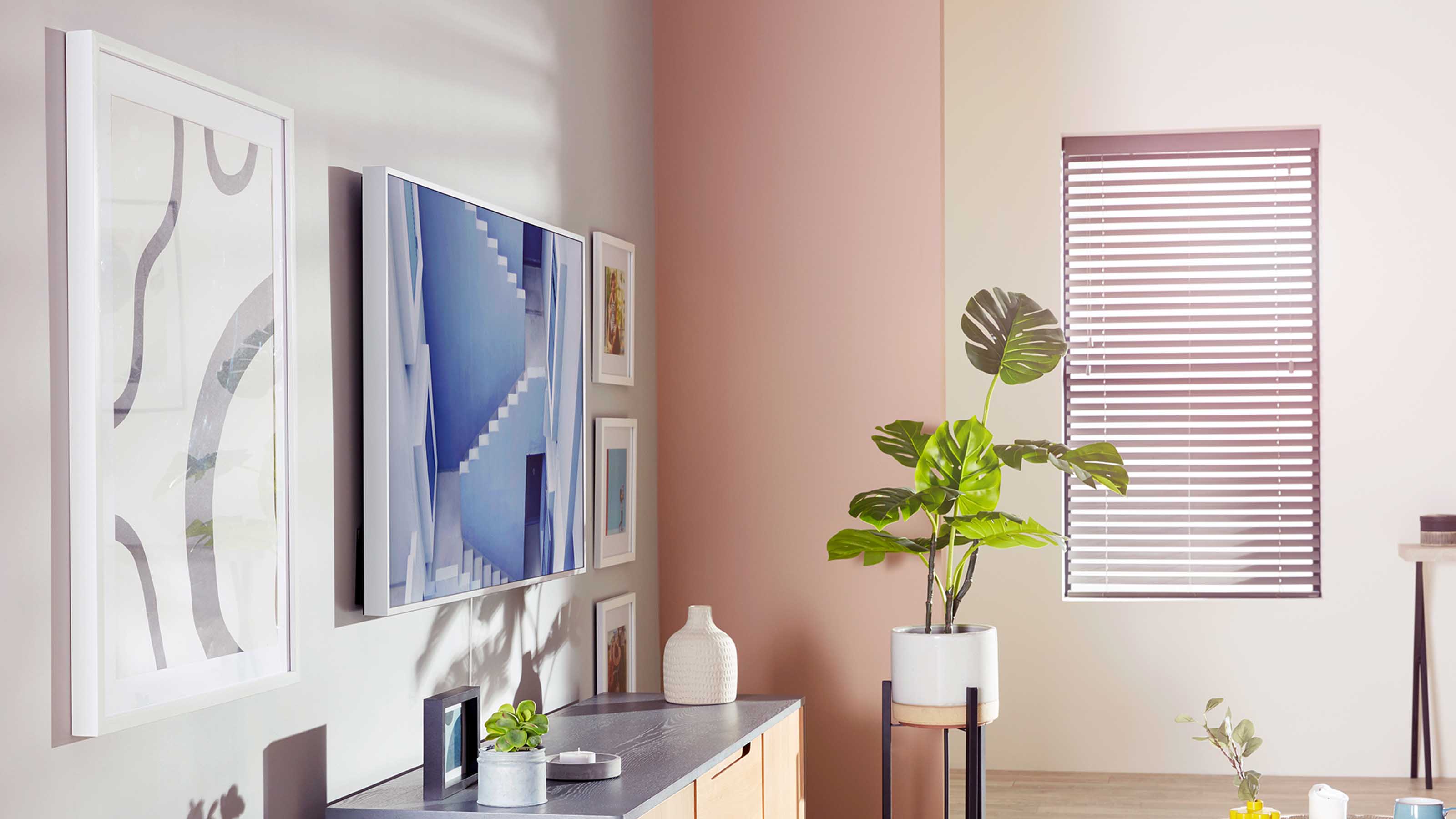What size TV do I need? The expert guide to getting the perfect screen for you
Asking 'what size TV do I need?' is a classic question when it comes to home design. Wonder no more


“What size TV do I need” should be the first thing you ask yourself before you even begin your television buying process. You may think that you can judge in the TV showroom, but without the context of your room for guidance, it’s very easy to end up with something either too big or too small for your space.
But it’s not just a question of the room’s dimensions and your distance from the screen. The number of pixels also comes into play, and if you’re looking for a 4K or even 8K set, then that also impacts the size of TV you’ll want to purchase.
There are a lot of variables at play before you even get to thinking about which of the best TV brands you want. In other words, but you can make the decision-making process a lot simpler by learning the rules. Here’s how to decide what size TV you need.
What size TV do I need?
1. Understand the TV size difference

Before we go any further, it’s important to understand exactly how TVs are measured. Different sizes of TV are measured in inches, with 32, 40, 48, 55, 65, and 75-inch sets being the most common. We do, though, sometimes talk about the best 85 inch TVs. Massive.
On paper, it doesn’t sound like there’s an enormous difference between size increments, but there actually is, thanks to the way measurements are taken. The inch figure comes from corner to corner across the diagonal, and that means that a 55-inch set has around 89% more screen than the best 40 inch TVs.
Obviously, the physical footprint of the TV increases to make room for this added screen real estate. Still, it’s not a uniform figure, as price and brand differences will change everything from how thin the screen is to how thick the bezels around the panel are.
The best way to check this is to visit the manufacturer’s site and look up the physical dimensions — and don’t forget to check the weight to ensure that your TV stand can handle the strain.
The Livingetc newsletters are your inside source for what’s shaping interiors now - and what’s next. Discover trend forecasts, smart style ideas, and curated shopping inspiration that brings design to life. Subscribe today and stay ahead of the curve.
2. Check the room size

From a purely technical perspective, a bigger TV is almost always better for obvious reasons: it’s more immersive and easier to see everything (though a high-end 65-inch set will still be better than a cheap 75-inch in terms of picture quality).
But there are limits to this and not just the aesthetics of a giant screen filling your space that impacts your living room TV ideas. Larger screens require the viewer to sit further back. Otherwise, you won’t be able to take everything in or suffer from weakened picture quality.
So it’s time to get the tape measure out. Measure the distance from where the TV will be sitting to where you’ll be viewing it from. This will help you figure out what size TV you need, but there’s one more variable that you need to consider.
3. Choose between HD, 4K or 8K

Resolution also plays a part in the calculation of what size TV you need. Nowadays, this is essentially a choice between 1080p (or ‘HD’), 4K, or 8K (both called ‘Ultra HD’, confusingly).
The difference here is the number of pixels on your panel because it increases rapidly. HD screens have a resolution of 1,920 x 1,080 for a total of 2,073,600 pixels, while 4K screens up the resolution to 3,840 x 2,160 for a massive 8,294,400 pixels.
(While we’re here, 8K doubles that to 7,680 x 4,320 for an incredible 33,177,600 pixels. But we wouldn’t recommend anybody buy even the best 8K TV in 2022 because, bluntly, the content just isn’t available, and you’re largely paying for bragging rights rather than quality.)
All of this has an impact on the size of the screen you need because there are limits to what the eye can actually see. There’s an argument to say that 4K is wasted on any screen below 48-inches because the distance you’d need to be from the screen to actually see the difference would make any program unwatchable.
So what TV size do I need?
So, with all of that in mind, what TV size do you need?
Well, there’s a certain degree of personal preference here, and there are a number of calculators that will crunch the numbers for you, but as a rule of thumb, we’d say you should aim to sit the same distance from a 4K screen as its size (i.e: 55-inches from a 55-inch set) or double that for a 1080p screen. Which means…
| TV size (inches) | Distance for 1080p | Distance for 4K |
| 40 | 80-inches (6.7 feet) | 40-inches (3.3 feet) |
| 48 | 96-inches (8 feet) | 48-inches (4 feet) |
| 55 | 110-inches (9.2 feet) | 55-inches (4.6 feet) |
| 65 | 130-inches (10.8 feet) | 65-inches (5.4 feet) |
| 75 | 150-inches (12.5 feet) | 75-inches (6.25 feet) |
| 85 | 170-inches (14.2 feet) | 85-inches (7.1 feet) |
If you want to try before you buy, you can actually buy a set of six posters of different common TV dimensions for $44. However, there’s nothing stopping you from taking a DIY approach and cutting your own approximate model from cardboard for testing purposes either.

Freelance contributor Alan has been writing about tech for over a decade, covering phones, drones and everything in between. Previously Deputy Editor of tech site Alphr, his words are found all over the web and in the occasional magazine too. He often writes for T3 and Tom's Guide. When not weighing up the pros and cons of the latest smartwatch, you'll probably find him tackling his ever-growing games backlog. Or, more likely, playing Spelunky for the millionth time.